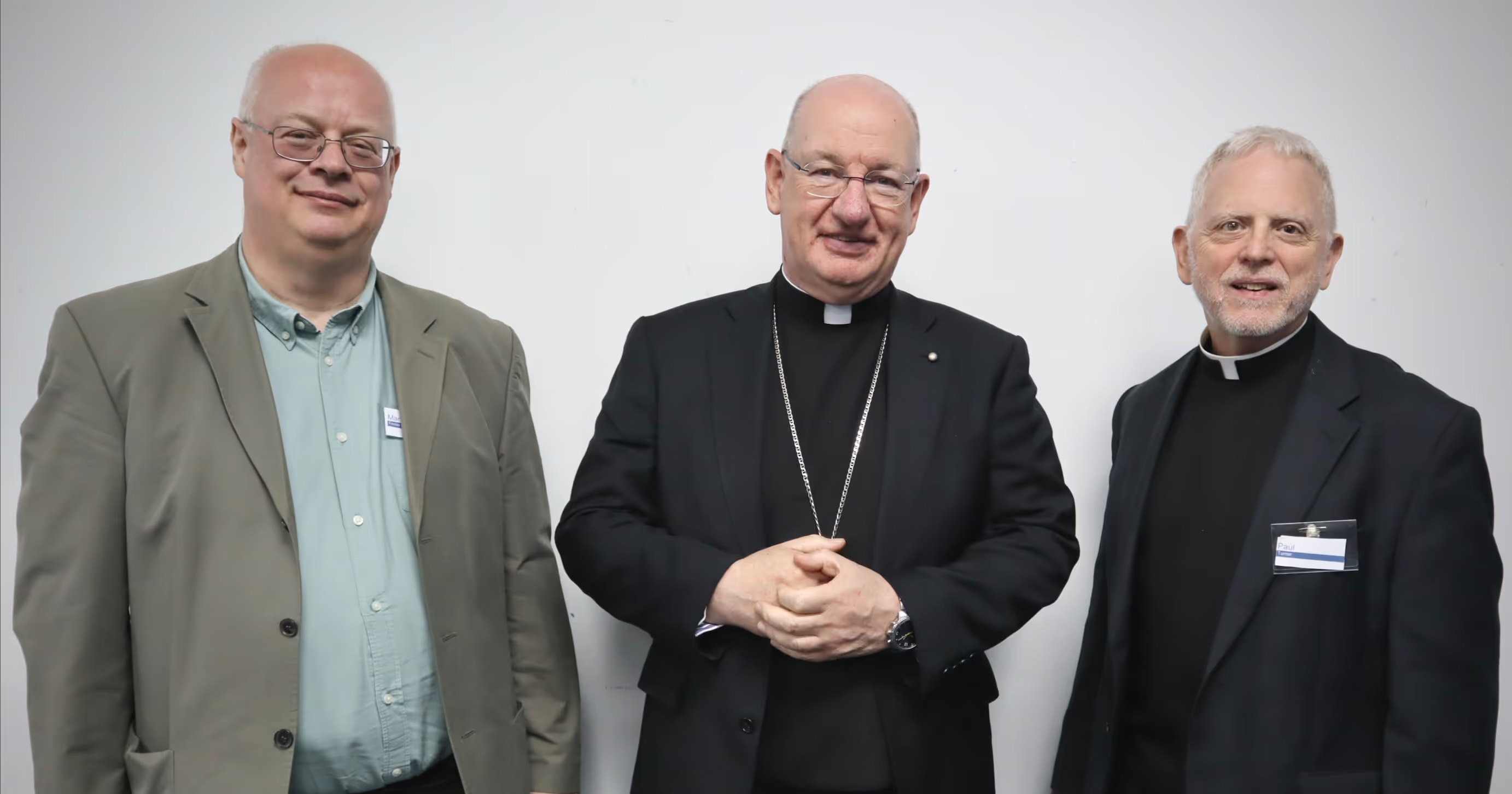
Members of clergy from across the Diocese recently attended Clergy In-Service Conference on the new translation of the Lectionary. The event, which took place over two days, included detailed presentations from external speakers Fr Paul Turner, Director of the Office of Divine Worship for the Diocese of Kansas City, St Joseph and Martin Foster, Director of the Liturgy Office for the Catholic Bishops’ Conference.
The new translation will come into use in England and Wales on the First Sunday of Advent this year. The new edition uses the English Standard Version - Catholic Edition for the readings and the Abbey Psalms and Canticles for the Responsorial Psalms. This is a new publication of the Lectionary using a different scripture translations — the content remains the same. So, for the reading for each Sunday will be the same, although the translation will be different.
The task of translation raises a series of questions. There is no such thing as perfect translation. Biblical translation has often been at the forefront of thinking about the issues and practice of translation. Some of the questions that arise include:
Formal or Dynamic equivalence: Formal equivalence seeks to find a translation for every word in the original text, whereas dynamic equivalence takes the sentence or clause as the primary unit of translation. Anyone who has done any translation knows that it involves both. To understand the words you need to know the context of the sentence or phrase; to understand the phrase you need to know the meanings of the individual words. For the translator it is a question of weight – which of the two approaches one follows.
Culture: Another question for the translator is do you stay faithful to the cultural context of the original or do you interpret the meaning into a contemporary understanding. Most translations, including the English Standard Version, steer a pathway through these questions.
Language about Gender: An aspect of the question about culture is how the translation approaches the language of gender. Does the translation reflect the meaning of the original in how it was first heard or seek to interpret the message of the text in contemporary understanding?
A text for Personal Reading or Communal Proclamation: The liturgical scholar Fritz West offered the interesting contrast in understanding that for Protestants the Bible was a text for personal reading and study, whereas for Catholics for it was proclamation in the liturgy by the Church. A simple and obvious aspect of this is that a Lectionary does not usually offer footnotes on the text – either as an explanation (such as with Cana) or an alternative reading (as with ‘brothers and sisters’). It also means that in choosing a text for use in the Liturgy it needs to be one which not only reads well but sounds well too.
The new lectionary is being published by CTS and their ambo and study editions are available to pre-order now, for delivery in the Autumn. Sunday and Weekday editions, containing both the readings and the text of the Mass will be available to pre-order from a number of publishers.
You can find out more about the new Lectionary on the Liturgy Office website, with useful FAQs included on the CBCEW website here.